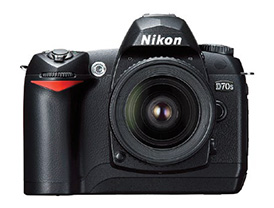
A Mixed Bag
During the days of film photography, we used to get film with various ASA (50, 100, 125, 200, 400 etc) and we used to adjust the aperture and the shutter speed, depending on the lighting situation.
1) We were able to take pictures of moving subjects (like birds etc) at shutter speeds of 1/125sec or 1/250sec at apertures like f16 or f/11.
2) We could change the film as per the lighting conditions.
3) We could attach tele-converters to our ‘fast’ lenses (like f/1.2, f/1.4, f/2).
So my questions are:
a) With digital cameras, I find that the f/numbers we see, besides the usual ones are f/7.1, f/6.7 etc. Why is that so?
b) What might be the sensitivity grade of SD cards? Are there any different grades? c) Can we still use a lens if after attaching a tele-converter, the f/no goes to f/11?
Debabrata Sengupta, by email
(The queries above have been reworded by us)
1) Using the proper ASA (now known as ISO), we can still take pictures of flying birds etc at 1/250 or 1/125sec at f/11 or f/16. I think the reason for this query is that these days you may be reading the exposure data (known as EXIF data) with very high shutter speeds. In the film days, the most used films had sensitivity ranging from ISO 100-400, whereas with digital, we can use very high ISOs (like ISO 3200 and over) which allow us to use faster shutter speeds to stop action. The faster the shutter speed, sharper the image (assuming that your focus is spot on). This is an advantage that we did not have in the film days because then, the ‘fastest’ films were ISO 800 or 1000.
(In my over 40 years of experience, I have used only two ISO 800 films, and that too, only for testing!)
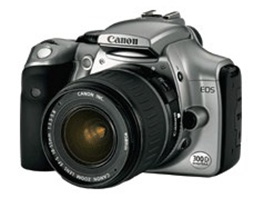
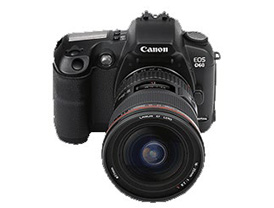
2) Changing film as per the lighting condition had quite a few problems; the changing part wasn’t that simple and almost always resulted in scratches on the film. With digital cameras, you merely turn a knob or press a button to change the ISO sensitivity!
3) We can still attach tele-converters to our lenses.
a) Digital cameras allow us to configure the camera as we like. You can set the camera to display the apertures either in full f/stops (2.8, 4, 5.6, 8.0 etc) or 1/2 f/stops (2.8, 3.5, 4, 4.5, 5.6, 7.1, 8.0 etc) or 1/3 f/stops (2.8, 3.2, 3.5, 4, 4.5, 5.0, 5.6, 6.3, 7.1, 8.0 etc). So, the aperture numbers that you see on your digital camera will depend on whether you have it set to display the aperture in full stops, 1/2 stops or 1/3 stops.
b) I think you are referring to the ‘Class’ (Class 1, Class 3, Class 10 etc). These Classes indicate the read/ write speed of SD cards. Normal SD cards are classified as Class 2, Class 4, Class 6 and Class 10. Class 2 SD cards deliver minimum data transfer rates of 2MB per second, Class 4 has minimum transfer speeds up to 4MB per second, going up to 10MB per second for Class 10 SD cards. However, please note that the mentioned speed typically denotes the ‘read speed’ of the cards since this is usually higher than the ‘write speed’. The latest standards involve UHS (Ultra High Speed) interface, which defines minimum writing speeds for videos. UHS Class 1 (U1) offers a minimum writing speed of 10MB per second and works only with a device with a UHS-I interface. UHS Class 3 (U3) SD cards offers a minimum writing speed of 30MB per second and requires a UHS-II bus, and is optimal for 4K videos.
c) Most autofocus cameras will autofocus with lenses having the widest aperture of f/5.6 (or faster) though some modern ones will autofocus even up to f/8. If the aperture drops to f/11, you will not be able to autofocus; if your eyes are in prime condition, you could try manual focus, but it won’t be easy.
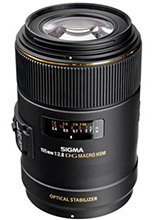
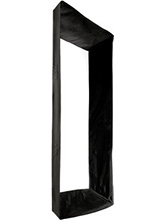
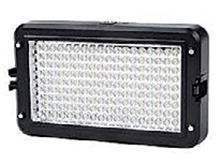
Photography on a Low Budget
Can you please tell me how I can start photography on a very low budget of Rs.10,000-12,000? Please suggest which type of camera is sutaible for me to learn basic photography.
Pradnya Bageshwar, via email
In view of tough competition from smartphone cameras, you may find it difficult to get a ‘standard’ camera within the budget you have mentioned. However, you may look out for one of the first generation D-SLRs (like the Nikon D100, D70 or a Canon D60, 300D)), which I think you should be able to get along with a 18-55mm kit lens within your budget. You could possibly find some Point & Shoot models within 10-12K, but many such P&S models are totally automatic in operation, which will not allow you to learn the basics. It might help if you have someone knowledgeable to inspect the older model before you purchase it.
Since your budget is limited, I cannot suggest you to join some photo course. You can however go through the earlier Smart Photography magazines and refer to books/articles related to photography on the Web.
The next step is to take pictures regularly. Review each photo and see why you like certain images and why you don’t like some others. A pattern will gradually form which will give you a good idea of what type of photos to take, which angles to shoot from, how your images will look different when shot from varying camera to subject distances and so on. If you have the will, you can certainly learn by yourself!
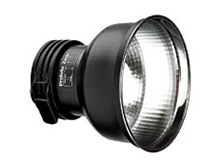
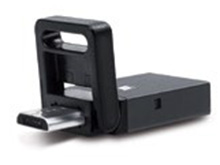
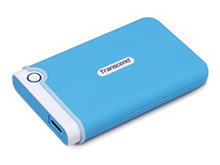
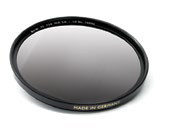
P&S for Industrial Photography?
Please recommend a compact camera with all exposure modes: A, S, P, M & others. BSI image sensor, Digital zoom +12x is preferred. It is for industrial photography.
Manish Sitlani, via email
I have mentioned this before, and I will mention it again; readers need to be more specific in their queries if a meaningful answer is required.
First and foremost, industrial photography is not done using a compact camera (though it may be possible to get good results under certain lighting conditions). Here are my reasons for not using a compact for industrial photography:
1. The imaging sensor of compacts is generally too small. This can lead to poor dynamic range and greater digital noise, especially as the ISO increases.
2. Lenses cannot be interchanged; you have to make-do with whatever angle of view the fixed lens offers.
3. The optical quality of compact camera lenses is generally not as good as on D-SLRs.
If you are going on a recce, and want to take some quick shots to further study the images and then decide on the equipment to take on the main shoot, then a compact camera could be useful.
My suggestion is to use a D-SLR / Mirrorless (full-frame recommended) camera for such assignments.

